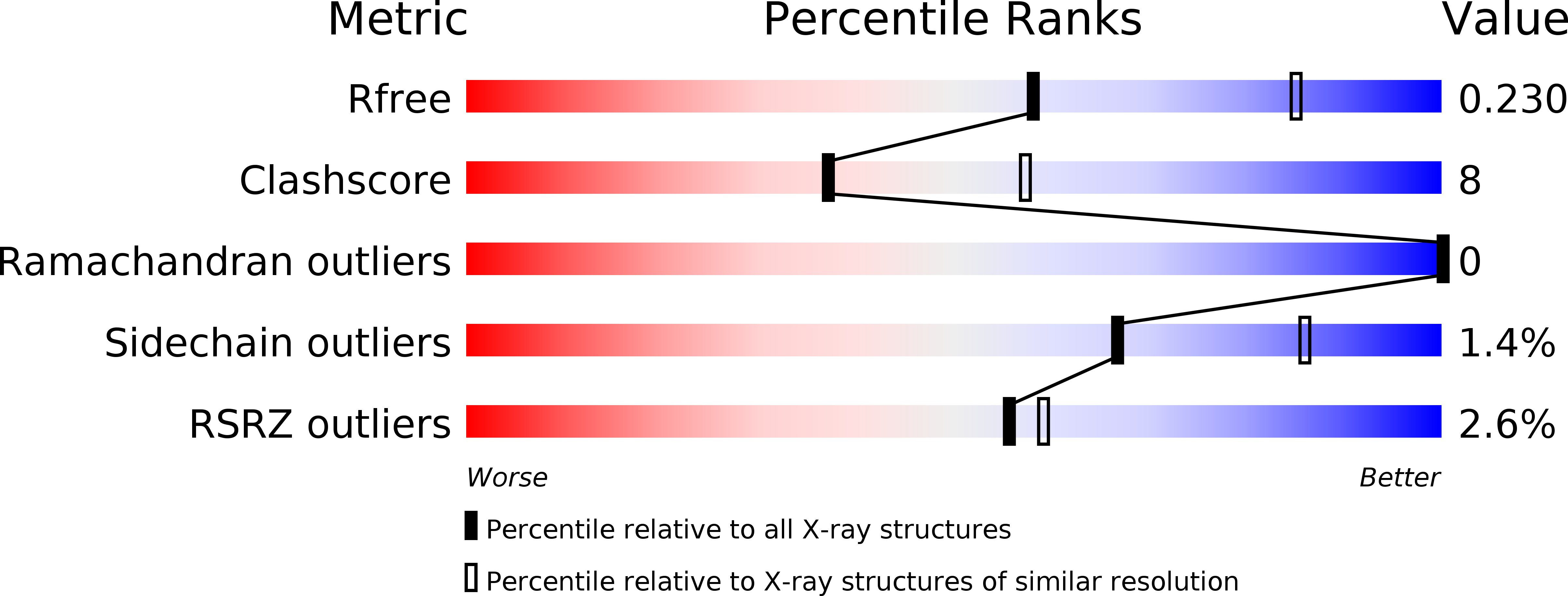
Deposition Date
2016-02-12
Release Date
2016-03-30
Last Version Date
2024-11-06
Method Details:
Experimental Method:
Resolution:
2.50 Å
R-Value Free:
0.22
R-Value Work:
0.17
R-Value Observed:
0.18
Space Group:
P 1


